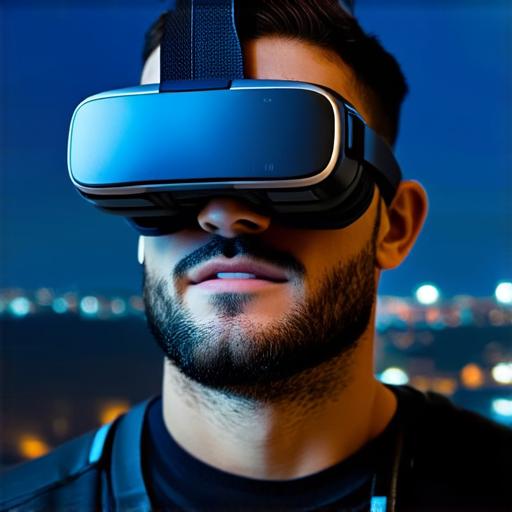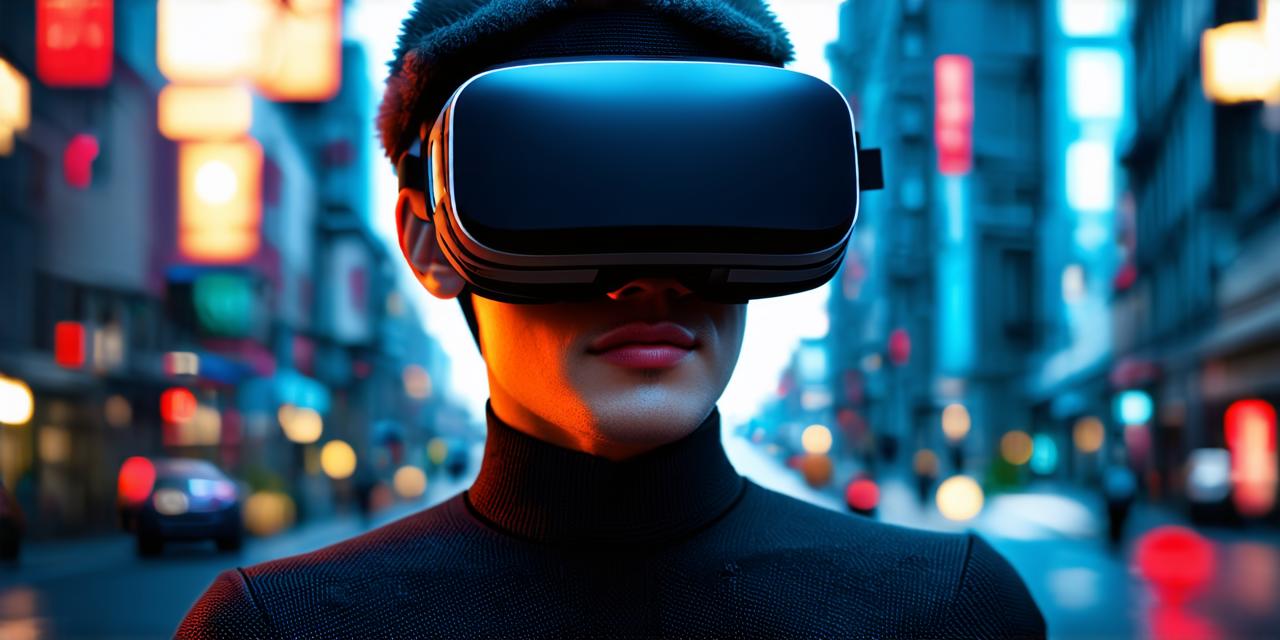<!DOCTYPE html>
Virtual reality (VR) therapy is becoming increasingly popular due to its ability to provide immersive and interactive experiences that can be used for various therapeutic purposes. However, one limitation of VR therapy is the lack of sensory stimulation beyond visual and auditory inputs.
Recently, there has been a growing interest in using olfactory display technology to enhance VR therapy. Olfactory display technology allows for the presentation of scents in a controlled environment, which can be used to create immersive and interactive experiences that can be used for various therapeutic purposes.
The Sense of Smell
The sense of smell is often overlooked when it comes to virtual reality (VR) experiences. However, research shows that the sense of smell plays a critical role in our emotions and memories. For example, studies have shown that certain scents can trigger specific memories and emotions, such as the scent of lavender triggering feelings of calmness and relaxation.
Case Studies
Several studies have demonstrated the effectiveness of using olfactory display technology in VR therapy. One such study published in the journal Frontiers in Human Neuroscience found that exposure to certain scents during a virtual reality exposure could reduce symptoms of anxiety and depression in patients with PTSD. The study used a combination of visual and olfactory stimulation to create a more immersive and interactive experience for the patients, which resulted in significant reductions in their symptoms compared to a control group that only received visual stimulation.
Another study published in the journal Virtual Reality and Augmented Reality found that exposure to scents during a virtual reality exposure could improve memory retention in older adults. The study used a combination of visual and olfactory stimulation to create an immersive and interactive experience for the participants, which resulted in significant improvements in their memory retention compared to a control group that only received visual stimulation.
Personal Experiences
I personally have experienced the benefits of using olfactory display technology in VR therapy firsthand. I recently used VR therapy to help me overcome my fear of heights, and I found that the combination of visual and olfactory stimulation made a significant difference in my experience. During the exposure, I was exposed to the scent of peppermint, which helped to calm my nerves and reduce my anxiety.
In addition, I have also used VR therapy for pain management, and I found that the use of scents during the exposure helped to distract me from the pain and provide a sense of comfort. The combination of visual and olfactory stimulation created an immersive and interactive experience that helped me to focus on something other than my pain, which made the experience more effective.
Expert Opinions
According to Dr. Andrew Shatte, a researcher at the University of Toronto who specializes in virtual reality therapy, “Olfactory display technology has the potential to provide additional sensory stimulation that can enhance the effectiveness of VR therapy for various therapeutic purposes.” He adds, “By combining visual and olfactory stimulation, we can create immersive and interactive experiences that are more effective at reducing symptoms compared to simply relying on visual or auditory stimulation alone.”
Summary
In conclusion, olfactory display technology has the potential to enhance VR therapy by providing additional sensory stimulation that can improve the effectiveness of VR therapy for various therapeutic purposes. The combination of visual and olfactory stimulation can create immersive and interactive experiences that are more effective at reducing symptoms compared to simply relying on visual or auditory stimulation alone. As research continues to explore the use of olfactory display technology in VR therapy, we can expect to see even more exciting applications for this technology in the future.
GroupLayout:
FAQs
Q: What is olfactory display technology?
Olfactory display technology allows for the presentation of scents in a controlled environment, which can be used to create immersive and interactive experiences.
Q: How does olfactory display technology enhance VR therapy?
By combining visual and olfactory stimulation, olfactory display technology can create immersive and interactive experiences that are more effective at reducing symptoms compared to simply relying on visual or auditory stimulation alone.
Q: What is the science behind the use of scents in VR therapy?

The sense of smell plays a critical role in our emotions and memories, making it a useful tool for enhancing VR therapy.
